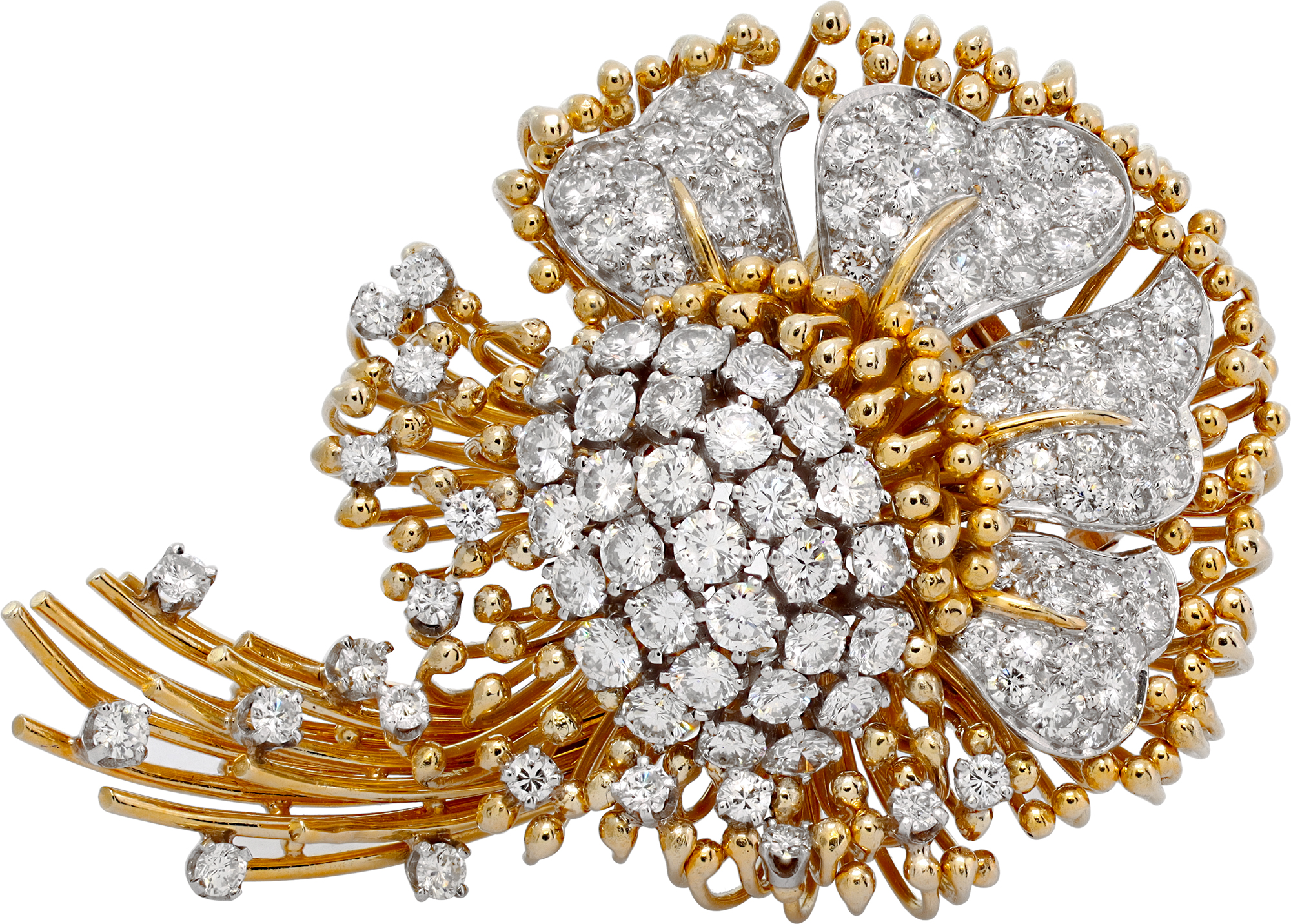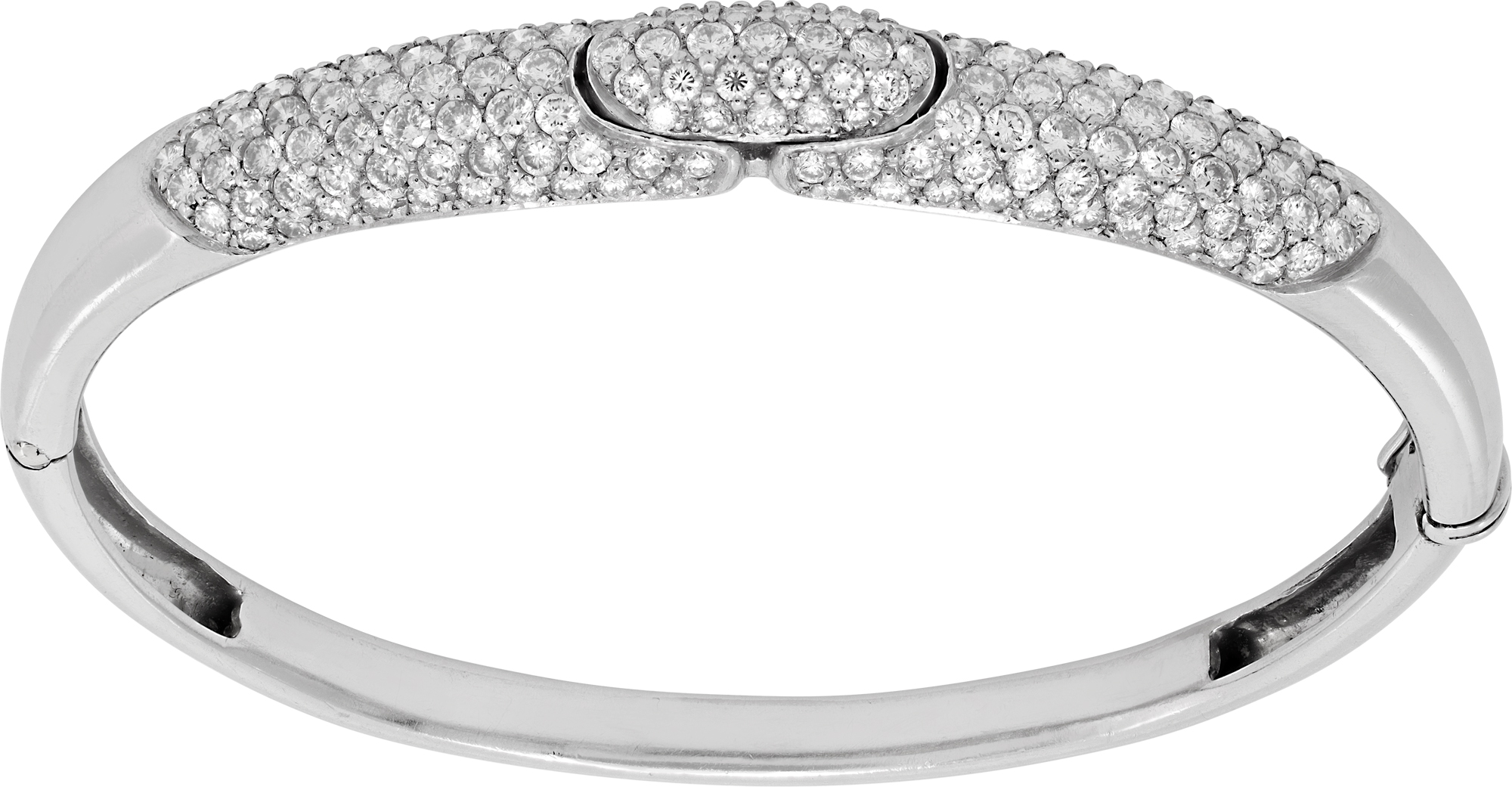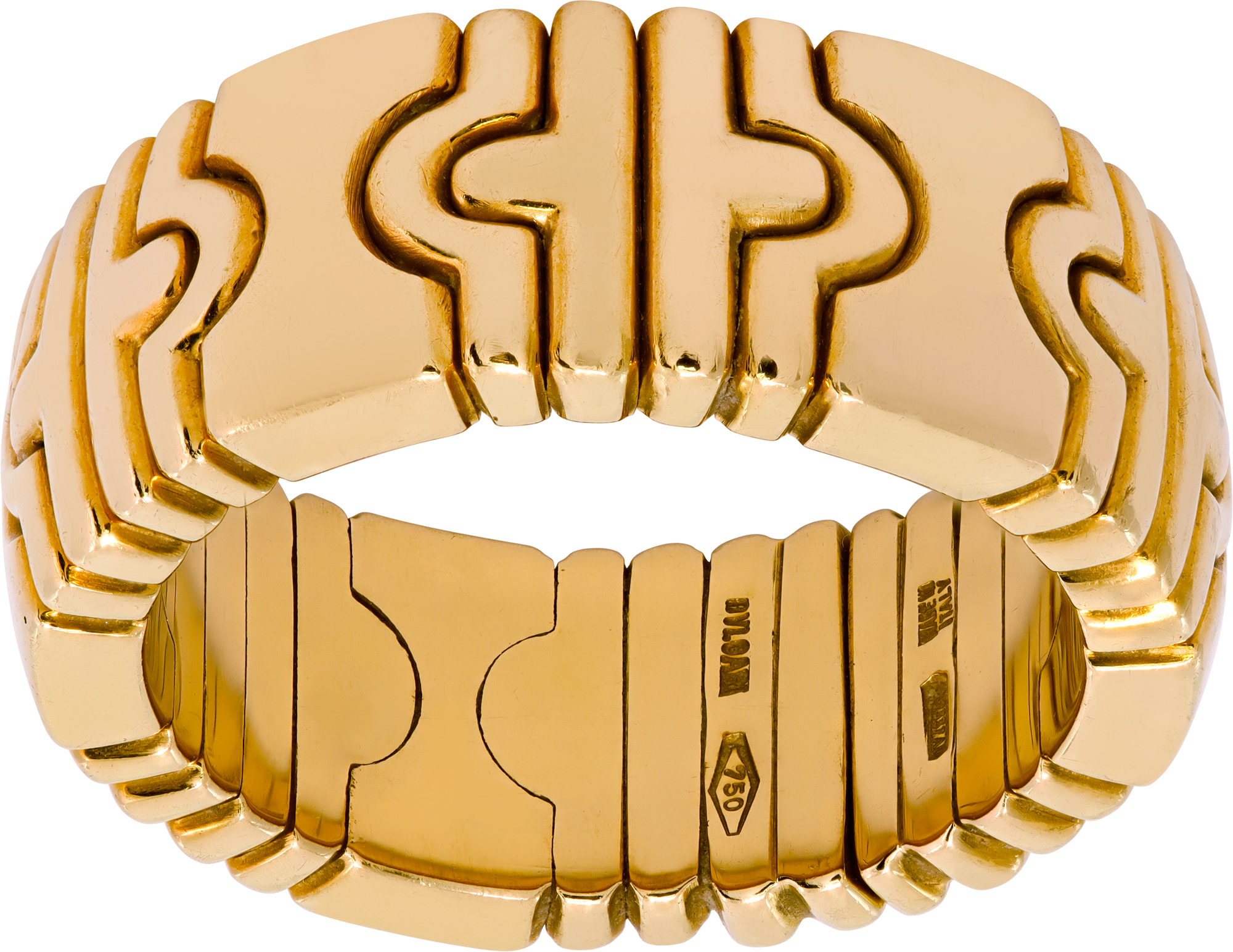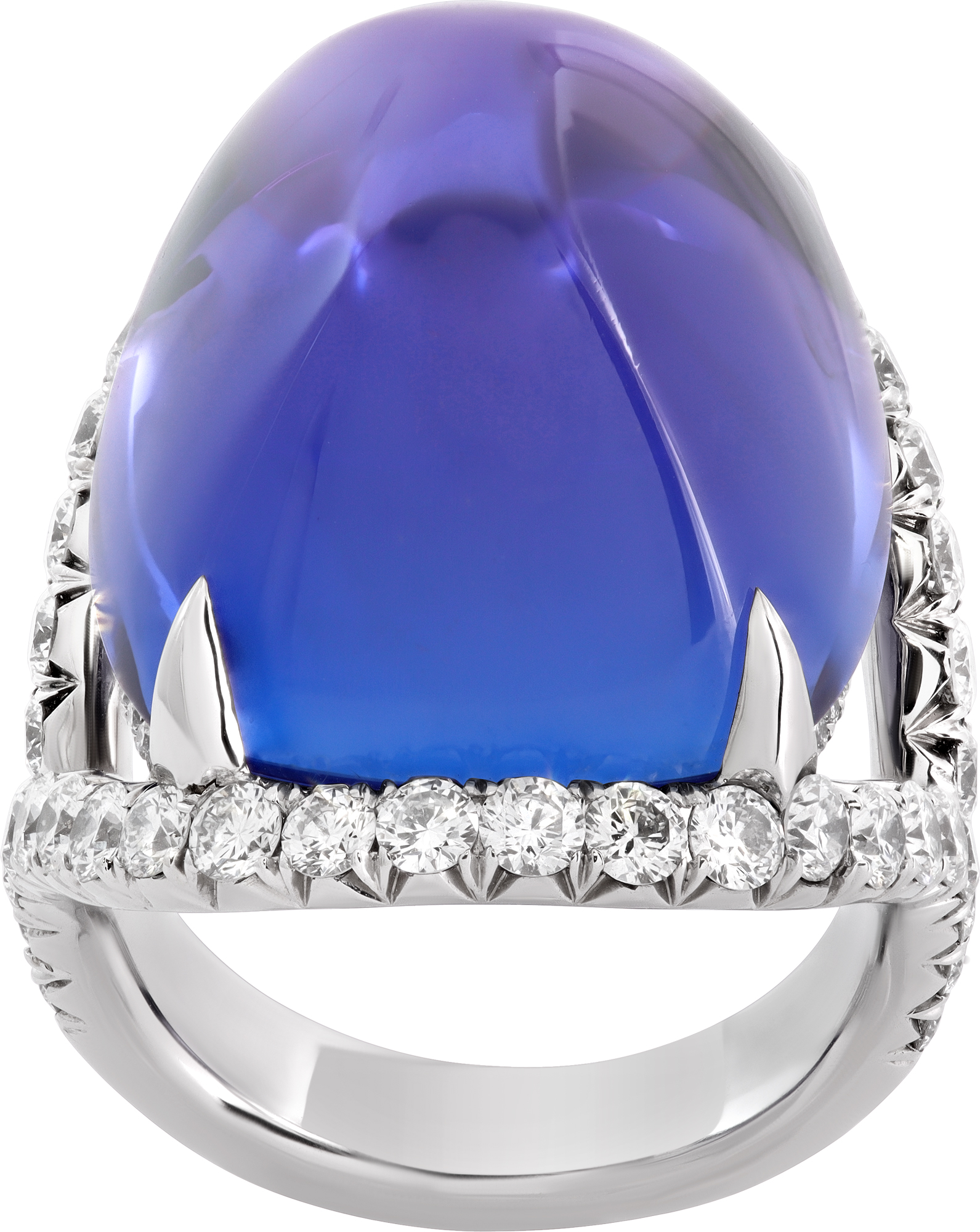
October 21st, 2025
Ghoulish Gold or Genuine Gems: Halloween Jewelry Guide
As Halloween approaches and tales of haunted treasures fill the air, many families discover their own mysterious collections hidden away in attic boxes and forgotten jewelry drawers. Estate jewelry passed down through generations can be as thrilling as any ghost story—but determining whether your inherited pieces are genuine treasures or clever imitations requires expert knowledge and careful examination.
Unlike the fictional horrors of Halloween, the real nightmare for estate jewelry inheritors is discovering that grandmother's "diamond" necklace is actually cubic zirconia, or that the family heirloom watch is a convincing replica. This comprehensive guide will help you separate the authentic gems from the ghoulish gold, ensuring you understand the true value of your inherited collection before making any decisions about selling or keeping these precious pieces.
Understanding Estate Jewelry Authentication
Estate jewelry encompasses any previously owned fine jewelry, typically pieces that are at least 20-30 years old or have historical significance. These items often carry both sentimental and monetary value, making proper authentication crucial for inheritance planning and potential sales. Professional jewelry authentication involves examining hallmarks, testing metal purity, verifying gemstone authenticity, and assessing overall craftsmanship quality.
The authentication process becomes particularly complex when dealing with pieces from different eras, as manufacturing techniques, materials, and quality standards have evolved significantly over decades. Vintage pieces from renowned designers like David Yurman or luxury brands such as Cartier require specialized knowledge to identify authentic signatures, proper construction methods, and period-appropriate materials that distinguish genuine pieces from sophisticated reproductions.
If you're considering whether to sell estate jewelry, understanding the authentication process is essential. Our team specializes in evaluating inherited pieces and can provide expert guidance on distinguishing authentic luxury items from replicas.
Red Flags: Signs Your Inherited Jewelry Might Be Fake
Several warning signs can indicate that your inherited jewelry may not be authentic, starting with missing or unclear hallmarks on metal pieces. Genuine gold, silver, and platinum jewelry typically bears stamps indicating metal purity, such as "14K," "925," or "PLAT." Suspicious pieces often lack these markings entirely or display incorrect stamps that don't match the metal's actual composition.
Poor craftsmanship quality represents another significant red flag in estate jewelry authentication. Authentic luxury pieces exhibit precise stone settings, smooth metal finishes, and secure clasps or closures. Fake jewelry often shows uneven surfaces, loose stones, discolored metal, or construction methods that feel flimsy compared to genuine luxury standards. Additionally, gemstones in authentic pieces should display proper light reflection and clarity characteristics specific to their type.
When you're ready to sell your jewelry, our experts can identify these red flags and provide honest assessments of your pieces' authenticity. We specialize in purchasing genuine luxury items and can guide you through the authentication process.
Professional Tools for Estate Jewelry Evaluation
Professional jewelers utilize sophisticated equipment to authenticate estate jewelry, including electronic gold testers that measure metal purity without damaging pieces. These devices send electrical currents through metal to determine exact karat content, revealing whether gold jewelry meets stated purity standards. Gemological microscopes allow detailed examination of stone inclusions, surface characteristics, and setting techniques that help distinguish natural stones from synthetic alternatives.
Spectroscopy equipment provides advanced analysis of gemstone composition, identifying natural diamonds, emeralds, rubies, and sapphires versus lab-created or imitation stones. Professional authentication also involves examining construction techniques under magnification, checking for period-appropriate manufacturing methods, and comparing pieces against known examples of authentic designer work. These tools enable accurate assessment of both individual components and overall piece authenticity.
For those looking to sell grandmothers estate jewelry online, professional evaluation ensures accurate pricing based on authenticated materials and craftsmanship. Our team uses industry-standard equipment to provide thorough assessments of inherited collections.
Designer Signatures and Maker's Marks
Authentic designer jewelry carries specific signatures and maker's marks that serve as primary authentication indicators for estate pieces. Luxury brands like Bvlgari, Van Cleef & Arpels, and Tiffany & Co. employ consistent marking systems that include brand names, copyright symbols, and often country of origin stamps. These marks appear in specific locations on authentic pieces and demonstrate particular font styles, depth, and clarity that counterfeiters struggle to replicate perfectly.
Serial numbers and date codes on luxury jewelry provide additional authentication layers, allowing verification against manufacturer records when available. Designer pieces also exhibit construction signatures—unique assembly methods, proprietary clasps, or distinctive setting techniques that authentic manufacturers use consistently. Learning to recognize these subtle details helps distinguish genuine designer estate jewelry from high-quality reproductions that may fool casual observers.
Professional jewelry buyers near me understand these authentication markers and can verify designer pieces accurately. Whether you're dealing with David Yurman sterling silver pieces or luxury Cartier jewelry, expert evaluation ensures proper identification and valuation.
Gemstone Authentication Methods
Diamond authentication requires specialized testing to distinguish natural stones from synthetic diamonds, moissanite, and cubic zirconia alternatives commonly found in estate jewelry. Professional gemologists use diamond testers that measure thermal conductivity, electrical conductivity, and light refraction properties unique to natural diamonds. Additionally, examining inclusions under magnification reveals natural formation patterns that synthetic stones lack.
Colored gemstone evaluation involves testing for natural versus synthetic origins, heat treatment evidence, and proper identification of stone types. Natural emeralds, rubies, and sapphires display specific inclusion patterns, color zoning, and optical properties that help authenticate their origins. Estate pieces may also contain older synthetic stones created with historical manufacturing techniques that require specialized knowledge to identify accurately.
For estate jewelry owners considering selling, understanding gemstone authentication helps set realistic expectations for piece valuations. Our experts can evaluate both diamond engagement rings and colored gemstone pieces to determine their authenticity and market value.
Metal Testing and Purity Verification
Acid testing remains a fundamental method for verifying precious metal purity in estate jewelry, though electronic testing has become preferred for valuable pieces due to its non-destructive nature. Gold testing involves applying specific acid solutions to small scratch samples, observing chemical reactions that indicate karat content. However, this method requires skill and experience to interpret results accurately, especially with pieces containing multiple metal alloys.
X-ray fluorescence (XRF) testing provides the most accurate metal analysis without damaging jewelry pieces, measuring exact percentages of gold, silver, platinum, and other metals present. This technology proves particularly valuable for estate jewelry evaluation since many vintage pieces contain metal compositions that differ from modern standards. Understanding metal purity directly impacts piece valuation and helps identify potential issues like gold-plated versus solid gold construction.
Professional metal testing ensures accurate assessment when you're ready to sell gold jewelry or other precious metal pieces. Our evaluation process includes comprehensive metal analysis to provide fair, market-based pricing for estate collections.
When to Seek Professional Authentication
Complex or high-value pieces always warrant professional authentication, particularly when dealing with designer jewelry, large gemstones, or pieces with potential historical significance. Professional evaluation becomes essential when family stories about jewelry value don't align with visible quality indicators, or when pieces lack clear identifying marks. Additionally, insurance, estate planning, or sale preparation requires documented authentication from qualified professionals.
Conflicting information about inherited jewelry—such as family claims versus apparent quality levels—signals the need for expert evaluation. Professional authenticators provide objective assessments based on physical evidence rather than family legends, helping establish realistic expectations for piece values. This process protects both emotional and financial interests when making decisions about inherited collections.
Whether you're in Miami, Boca Raton, or anywhere in Florida, finding qualified jewelry buyers near me ensures proper evaluation of your estate pieces. Our team provides comprehensive authentication services for inherited collections throughout South Florida.
Sterling Silver and Designer Pieces
Sterling silver authentication involves verifying the 92.5% silver content that defines genuine sterling pieces, along with identifying authentic designer marks from makers like David Yurman or John Hardy. Authentic sterling silver displays specific tarnishing patterns, weight characteristics, and magnetic properties that help distinguish it from silver-plated or alternative metal pieces. Designer sterling silver commands premium prices when authenticated properly.
David Yurman authentication requires familiarity with the brand's evolution, signature cable designs, and marking systems used throughout different production periods. Authentic Yurman pieces exhibit specific construction techniques, finish quality, and proportional relationships that counterfeiters often miss. The brand's popularity in the secondary market makes authentication crucial for accurate valuation and successful sales.
If you're considering options to sell David Yurman jewelry, professional authentication ensures you receive fair market value for authentic pieces while avoiding disappointment from discovering reproductions.
Estate Jewelry Documentation and Provenance
Original documentation significantly impacts estate jewelry authentication and valuation, including purchase receipts, insurance appraisals, and certification papers for gemstones or designer pieces. These documents provide crucial provenance information that supports authenticity claims and helps establish piece histories. However, missing documentation doesn't necessarily indicate fake jewelry, as many authentic vintage pieces lack original paperwork.
Photography and family records can supplement formal documentation, showing pieces being worn during specific time periods or events that help establish authenticity timelines. Estate jewelry often gains additional value from documented history, particularly pieces with celebrity connections, historical significance, or interesting provenance stories that add to their appeal for collectors and buyers.
Professional estate jewelry evaluation considers both physical characteristics and available documentation to provide comprehensive authenticity assessments. Our jewelry quotes process includes reviewing any available documentation to ensure accurate valuations.
Making Informed Decisions About Your Estate Jewelry
Armed with authentication knowledge, estate jewelry inheritors can make informed decisions about keeping, selling, or further investigating their inherited pieces. Understanding the difference between sentimental value and market value helps set realistic expectations for potential sales while preserving pieces with genuine family significance. Professional authentication removes uncertainty and enables confident decision-making about valuable collections.
Market timing considerations also influence estate jewelry decisions, as certain styles, designers, and gemstone types experience fluctuating demand that affects sale prices. Current market trends favor specific vintage styles and designer pieces, making professional guidance valuable for optimizing sale timing and pricing strategies.
Whether you decide to keep your authenticated pieces or explore selling options, understanding their true nature and value provides peace of mind and enables appropriate insurance coverage and estate planning decisions.
Conclusion: From Haunted Heirlooms to Authenticated Treasures
Halloween's spooky spirit reminds us that not everything is as it first appears, and estate jewelry authentication helps separate genuine treasures from clever illusions. By understanding authentication methods, recognizing quality indicators, and seeking professional evaluation when needed, you can confidently assess your inherited jewelry collection's true value and authenticity.
The journey from mysterious inherited pieces to authenticated treasures requires patience, knowledge, and often professional expertise. However, the reward of discovering genuine luxury items among family heirlooms—or the peace of mind that comes from knowing exactly what you own—makes the authentication process worthwhile for any estate jewelry inheritor.
Ready to discover the true value of your inherited estate jewelry? Our expert team at Sell Us Your Jewelry specializes in authenticating and purchasing genuine luxury pieces, providing fair market valuations based on thorough professional assessment. Get your jewelry quote today and transform your mysterious heirlooms into confirmed treasures. Whether you're dealing with designer pieces, diamond jewelry, or sterling silver collections, our authentication process ensures you receive accurate information and competitive offers for your authentic luxury items.
About Us | Sell Us Your Jewelry
Call Us Now: 305 770 6955
The Purchasing and Consignment Division of Gray & Sons

Be the first to know | SEE OUR CATALOG



